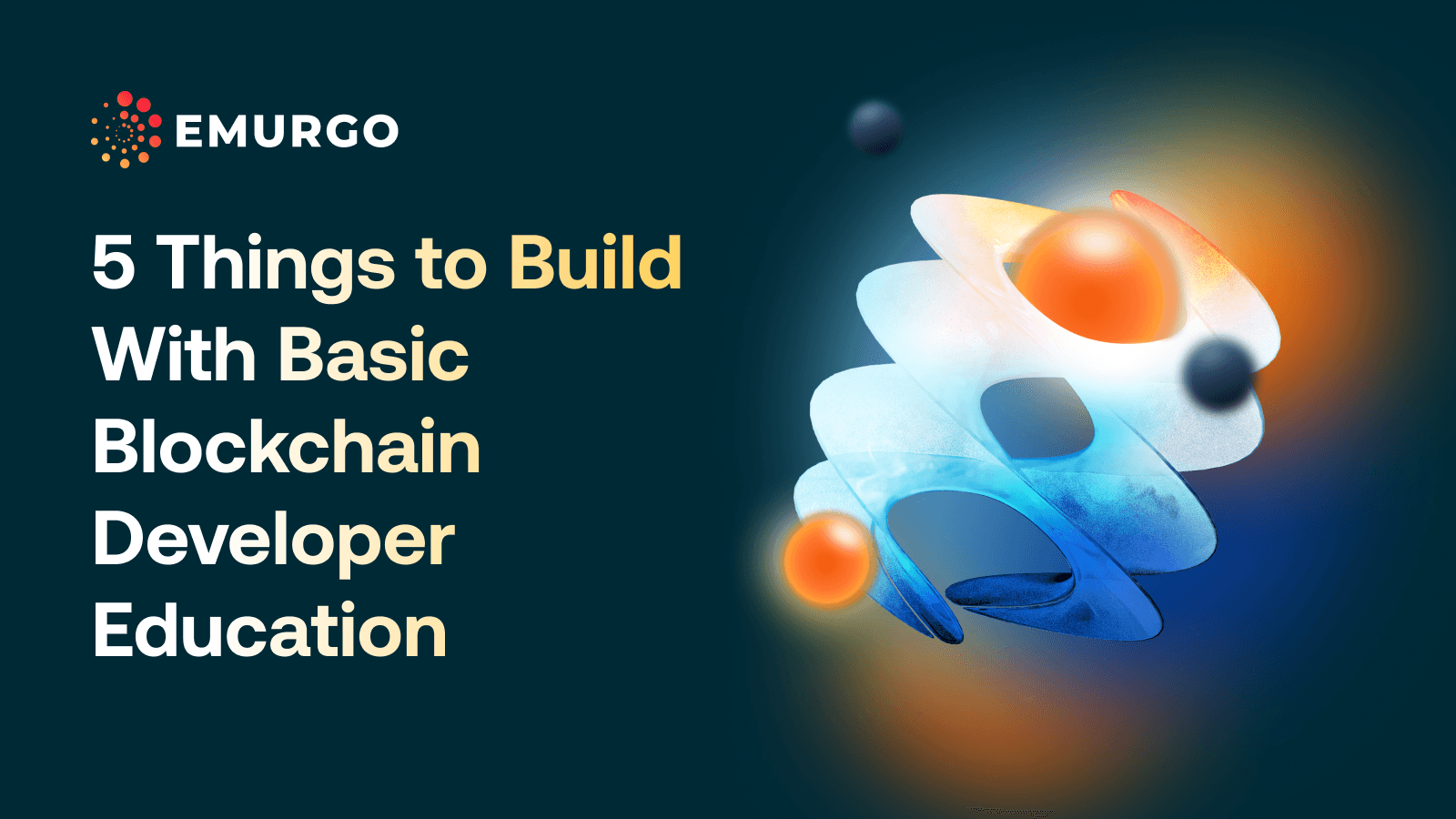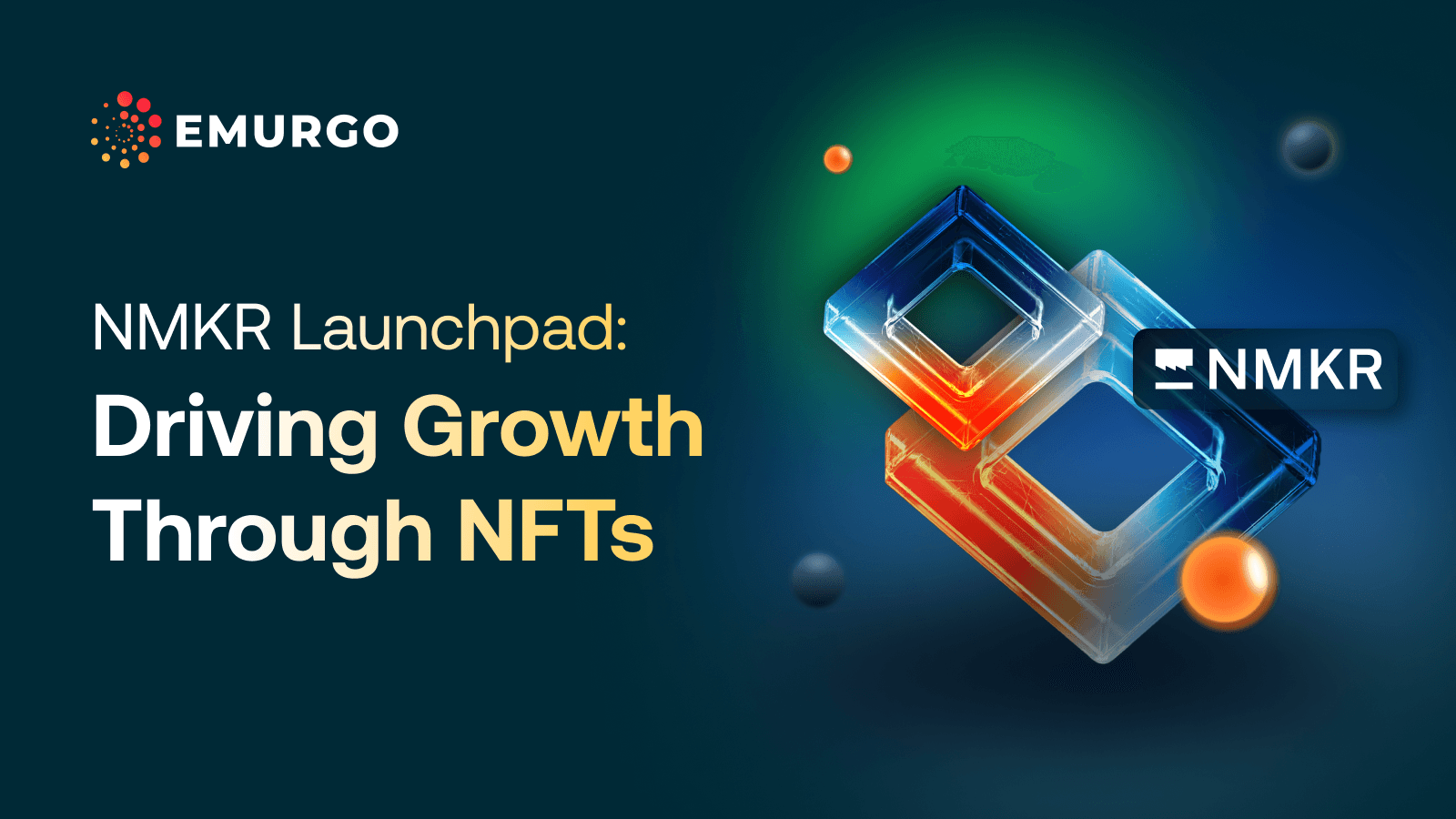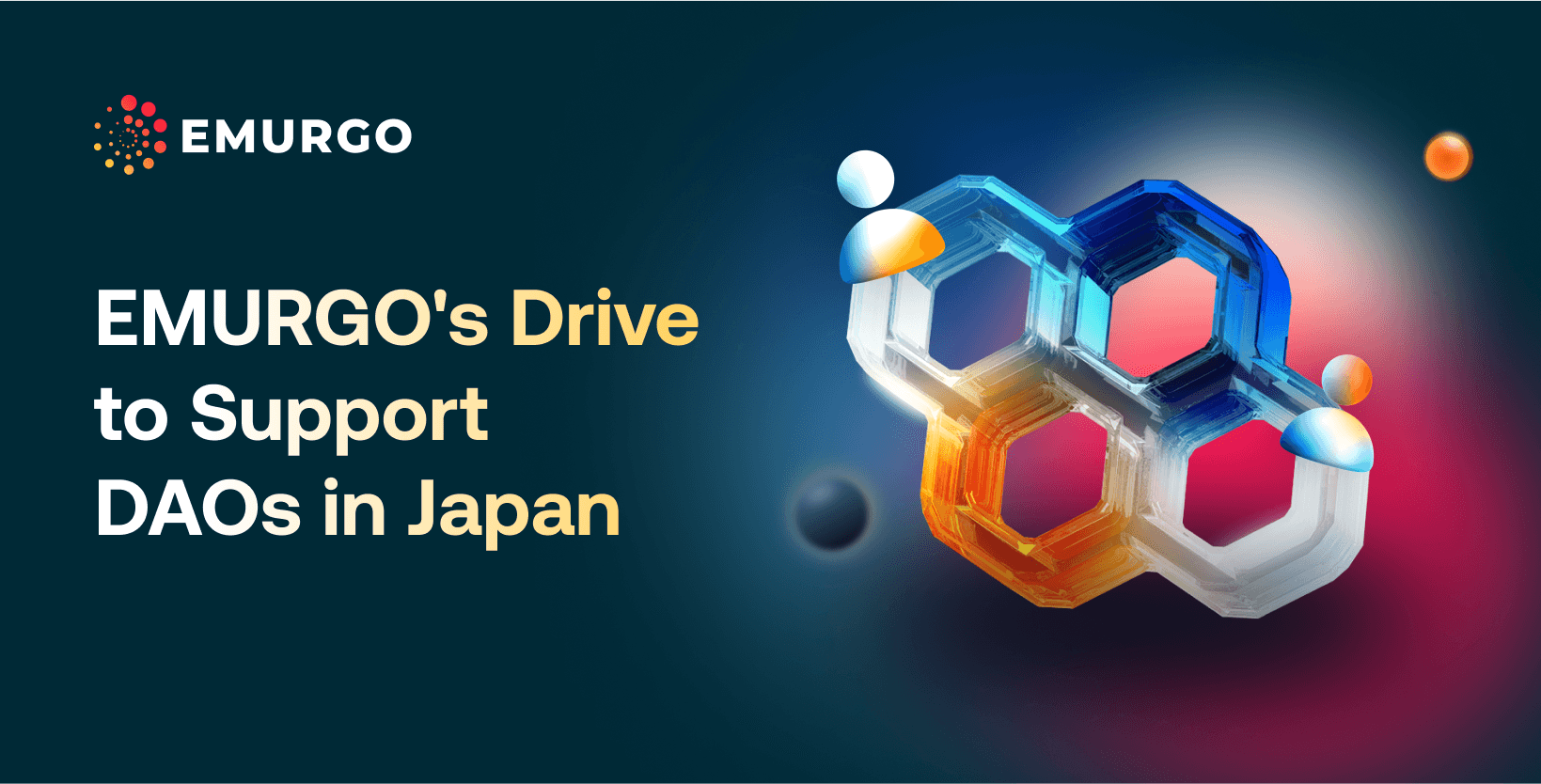Receiving quality blockchain education provides the foundational building blocks for interested developers and business professionals to start building and/or working with blockchain-based products and services (other times referred to as Web3 products and services). Blockchain technology, mainly decentralized blockchain technology, can be considered a financial technology and this means that blockchain has unlocked many possibilities for developers and entrepreneurs to launch decentralized products that have an immediate global reach.
The key to being able to do this is quality blockchain education.
Many types of decentralized financial services such as remittances, payments, borrowing, lending, and other services such as authentication, asset tokenization, etc. can be launched on top of a decentralized blockchain network such as Cardano.
Anyone on the planet with an internet connection is also able to create these things without restrictions. The amount of freedom blockchain technology affords to individuals and groups of developers is unprecedented.
In this blog, we’ll go over some examples of decentralized products & services or applications that can be built by having a blockchain developer education and which can then become a launchpad for bigger blockchain projects.
Here are some different blockchain projects to build below.
1. NFT collection
NFTs or non-fungible tokens started gaining popularity a few years ago as uniquely verifiable digital representations of assets such as music, art, video, and more, that are issued and recorded on a decentralized blockchain.
With a basic blockchain developer education, you can build an “NFT drop.”
This is one of the easiest blockchain projects an entry-level blockchain developer can build and can be completed early in the career of a blockchain developer. It not only helps with developing your developer portfolio but also serves as a career launchpad for more complex projects.
The NFT drop consists of creating a collection of NFTs. There are two parts to an NFT:
First, we have the token. This means that the asset is going to be recorded in the decentralized blockchain ledger. An NFT token is a type of asset that has no decimals, it cannot be broken down into smaller chunks, and each token in the supply has a unique ID that separates them from the whole.
The main decision to take in at this level is the total supply. In most cases, developers chose to have a round number that can be easily tracked. The average size for an NFT collection is around 10,000 units or tokens.
Second, is the artwork and metadata. The images most associated with the NFT are not stored directly on the blockchain. They are saved in either decentralized storage networks (IPFS, Arweave, Sia Tech, etc.) or in traditional databases. Then a unique identifier called a hash of the image is generated and referenced in the metadata of the token. In Cardano, the metadata is stored on the network, with one hash of an image per token in the NFT collection.
Next, the metadata information is required. Once the hash of the image is completed, the rest needs to be decided. In most cases, there is a reference to the rarity of the attributes in the NFT, such as the date it was created, the name of the collection, and other details. The NFT’s metadata can be freely crafted to reflect the uniqueness of a collection.
Once all of the pieces are in place, the NFT collection can be sold on any of the marketplaces on the Cardano network. This concludes the life cycle of this type of project.
Read more: EMURGO Academy explains NFTs and blockchain metadata
2. Collateral lending contract
Another type of small blockchain project that can be completed after completing a blockchain developer education course is building a lending smart contract.
Its job is to take one cryptocurrency or token and lock it in a smart contract, serving as collateral. Once the collateral asset is provided, the contract releases another crypto asset as a loan for the user.
The contract then has to track the time since the loan was taken. The loan has a pre-established interest rate that is computed along with the time and the loan amount to give the user how much it’s needed to pay back.
Once the user pays back the loan amount plus the accumulated interest, the original collateral is released back to the user’s wallet. If not, the remaining debt is liquidated and the collateral is given as a reward to whoever pays the loan.
This type of logic is one of the basic building blocks of DeFi (decentralized finance). The project touches on many of the most used smart contract primitives such as time-locked logic, time tracking, and interest rate management. It can be the perfect launchpad for a DeFi platform.
Read more: How to start using DeFi
3. A yield smart contract
The yield smart contract is a DeFi platform where users lock their assets in a smart contract which in turn gives them a percentage gain based on the amount deposited. It is a mid-level product that can make blockchain developers familiar with smart contract design, wallet integration, front-end layout for a DeFi product, and user security.
It also couples perfectly with the collateral lending smart contract as it can give rewards to those users who provided liquidity for the loans. By doing this, it can give a higher yield to those participating in the lending marketplace and incentivize more participation.
This can quickly be the basis of a small DeFi platform that can bridge bigger DeFi projects with a team of developers. It’s a great way to learn about DeFi and also start creating a bigger DeFi platform with more use cases.
Read more: 5 promising real use cases for DeFi
4. Voting system
Another mid-level project is a voting system using smart contracts. Many crypto projects use DAO (decentralized autonomous organization) tools to operate, of which the most basic type of tool is voting. It uses a token to represent the voting rights of each member of the organization. The platform creates a poll and users choose from the alternatives with their tokens as the basis for voting.
This type of platform needs wallet integration and also the ability to read the balance of a particular token from the wallet. Only one asset can be used as a voting right, so the platform should only consider that one asset.
This need to query token balance from a wallet address directly from the blockchain makes this project a little more difficult than the previous ones. It’s a great stepping stone to more complex decentralized applications, in particular those that have to retrieve information from the blockchain in real time.
5. NFT marketplace
A project with much more complexity is a decentralized NFT marketplace. This means that the sale and purchase of the tokens should be managed by smart contracts and not by custodial systems. This type of platform requires several smart contracts working together to achieve the goal.
It’s also one where the team needs to decide on several settings for the platform such as the fee charged by the marketplace if it allows for royalties on resales, minting of NFTs by users, and many other platform configurations.
It’s an advanced-level project and one that it’s almost impossible to complete alone. In most cases, a group of developers need to band together and take on portions of the platform to finish in a relatively short time. Yet, it’s a project that once completed showcases the knowledge of a developer team.
Are you new to blockchain and Cardano and want to learn the basics about becoming a blockchain developer?
EMURGO Academy, the education unit of global blockchain technology company EMURGO, provides comprehensive and tailored blockchain education courses to interested developers and business professionals, with new cohorts consistently starting. These various courses aim to equip students with the tools necessary to build a career in blockchain and are offered online.
Follow EMURGO on X for more information on Cardano blockchain education courses, workshops, and more.
About EMURGO
- Official Homepage: emurgo.io
- X (Global): @EMURGO_io
- YouTube: EMURGO channel
- Facebook: @EMURGO.io
- Instagram: @EMURGO_io
- LinkedIn: @EMURGO_io
Disclaimer
You should not construe any such information or other material as legal, tax, investment, financial, or other advice. Nothing contained herein shall constitute a solicitation, recommendation, endorsement, or offer by EMURGO to invest.



